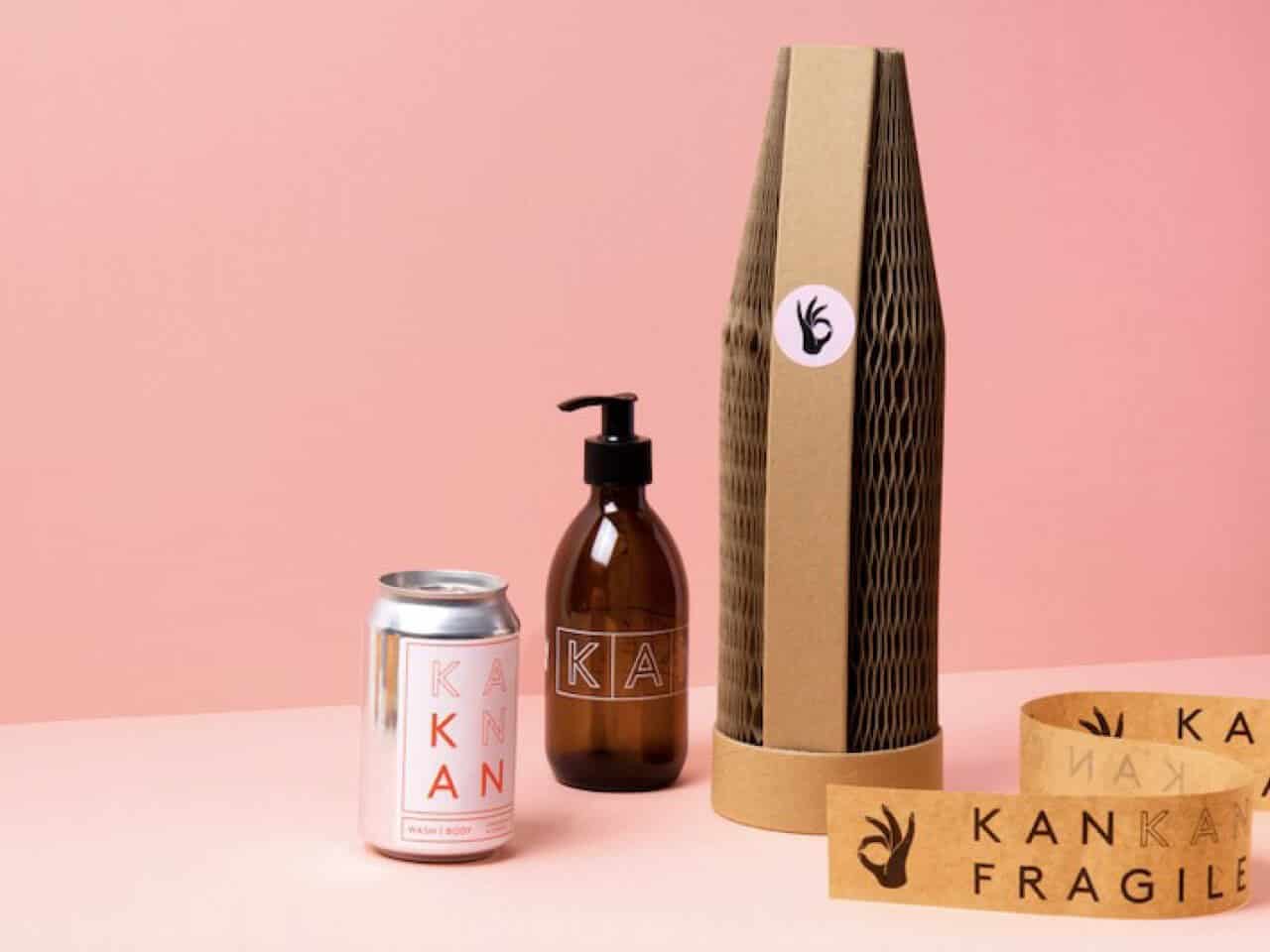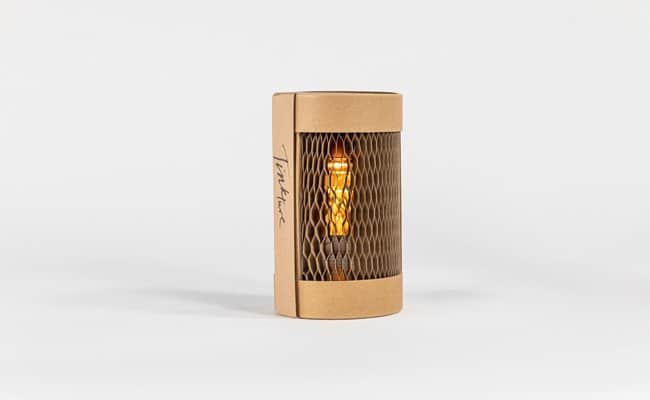A Guide to the way Packaging is Changing to Reduce Plastic Waste
by The Team at Cheap Cheap Rubbish Removal
Thursday October 27th 2022

What is the Problem with Plastic Waste?
Plastic waste has become a significant problem in our oceans, waterways, and land. It is estimated that more than 5.25 trillion pieces of plastic weighing over 250,000 tons are floating around the ocean today. This plastic pollution can be seen as a significant threat to the environment and marine life, but it also presents a serious human health risk because it can end up in our food chain.
Plastic waste does not biodegrade like organic matter, meaning it will only disappear from our planet if we consciously try to stop using plastics. There are many ways to help reduce the amount of plastic we use and dispose of every day, and these solutions need to be implemented worldwide if we want to see any change in the future.
What businesses can do to reduce plastic packaging
There are many ways that companies are changing their packaging to reduce plastic waste. For example, they are:
- Using more recyclable materials
- Reducing the number of wrappers around products
- Using more compostable materials like cardboard or paper
- Using reusable containers like bottles or mugs instead of disposable ones
- Reducing plastic in general by using thinner plastics or creating new types of plastics made from plants and other natural resources
What you can do as a consumer to Reduce Plastic Waste in Packaging
The world is at a point where we are running out of space to put our waste, and the problem is only getting worse. Packaging is one of the most significant contributors to plastic waste, accounting for about 12% of all plastic produced globally.
It's time to think about sustainable packaging, which can help reduce plastic waste. The Ellen MacArthur Foundation advocates strategies at the heart of a circular economy – elimination, reuse and material circulation.
Packaging innovations have been on the rise in recent years as companies are trying to find ways to reduce their environmental footprint while maintaining the same level of convenience and quality.
There's also a growing emphasis on how containers can be reused and recycled.
The following are some examples of packaging innovations:
- Biodegradable
- Compostable
- Reusable containers
- Rigid plastics instead of flexible plastics
7 Ways Packaging is Changing to Reduce Plastic Waste
Plastic is a material used for various purposes, such as food packaging, water bottles, and disposable cutlery. It is also the most common litter on beaches and in the world's oceans.
This article discusses how companies are changing their packaging to reduce plastic waste.
Direct elimination of plastics in packaging
It is well known that plastics are harmful to the environment and influence our ecosystem.
- Plastic packages are made from oil, a non-renewable resource that takes hundreds of years to biodegrade.
- It has been estimated that there will be more plastic than fish in our oceans by 2050.
- It's not biodegradable and can take up to 500 years to decompose.
Many supermarkets and department stores are phasing out the use of unnecessary plastic films for products such as fruit & veg, multi-buy tins, yoghurt pots, greeting cards and bed linen. Specialty bulk stores offer an extensive range of food and cleaning products where you can bring your containers and fill them.
Innovative elimination in packaging
In some cases, innovative design can come up with perfect alternatives. For example, Carlsberg beer replaced the plastic ring holder on their six-packs of beer with dots of glue that hold cans together. Even edible coatings, like those developed in the US, keep food fresh by using organic materials rather than plastic.
Substituting materials
Innovations in paper packaging have come a long way, with padded envelopes and packaging from honeycombs of paper and card and Corn bubbles to eliminate the need for polystyrene and bubble wrap. One packaging company produces honeycomb paper sleeves to protect everything from mobile phones to wine bottles and surfboards.
Mary and Eliza from KANKAN are on a mission to eradicate single-use plastics from the personal care category, through a zero waste, circular economy solution. The flexi-hex outer pacakaging holds natural personal care products in an aluminium can. Infinitely recyclable,, no plastics and unique packaging is really possible. Images courtsey of flexi-hex.com
Refills
Where packaging can't be eliminated, it can be reused.
Coca-Cola and PepsiCo have invested in new technologies to encourage customers to use their own bottles to improve in-store drink dispensers. Some Aussie manufacturers are selling concentrated versions of products like detergents, body care and sprays that can be decanted into pump packs, bottles and spray bottles at home. The packets are then returned to the manufacturer in a provided envelope to be washed and reused.
Soap, shampoos and conditioners, Toothpaste and more are not available in good old fashion bars and tablets, eliminating traditional plastic tubes and bottles. Many companies are swapping plastic back for glass.
Return and reuse packaging
Besides the bottle recycling incentives local governments and councils have put in place, companies are looking at many old-style ways to avoid packaging waste. DabbaDrop, a London local-based meal delivery service, uses only containers inspired by the tiffin boxes of Mumbai.
Composting
There are now compostable plastic wraps and bags for fruit and vegetables, magazines and newspapers, nappy bags, doggy poo and general garbage. A New Zealand company uses compostable stickers for their fruit.
There are compostable nappies to replace plastic nappies.
Plastic packaging recycling
In circumstances where packaging can't successfully be reused, recycling has to become more efficient and widespread.
But making recycling more efficient is now a huge priority. Something like 35% of plastic isn't recycled at recycling plants because of the complexity of the packing to be broken down into separate materials for recycling.
Colgate-Palmolive has developed their toothpaste tubes made from a single recyclable plastic material, and Coke has changed their bottles to clear from the icon green to make recycling easier.
In Ghana, The Global Plastic Action Partnership (GPAP) is working with more than 2,000 waste pickers to measure the types of plastic they collect. This data is then analysed alongside the prices paid throughout the value chain by buyers in Ghana and internationally.
It aims to show how businesses, communities and governments can redesign the global "take-make-dispose" economy as a circular one in which products and materials are redesigned, recovered and reused to reduce environmental impacts.
GPAP is a collaboration between businesses, organisations, community groups and experts looking for meaningful ways to reduce plastic pollution and how we can redesign the global "take-make-dispose" economy to a circular one - redesigned, recovered and reused.
The Future of Sustainable Packaging
We have seen how the packaging industry has evolved over time. With the rise of sustainability, we can see an increase in recycled and recyclable plastics. The future of sustainable packaging is a topic that is being discussed frequently, and we can see how companies are trying to keep up with the trend.
Packaging is changing to reduce plastic waste.
The future of sustainable packaging is a topic that is being discussed frequently, and we can see how companies are trying to keep up with the trend.










